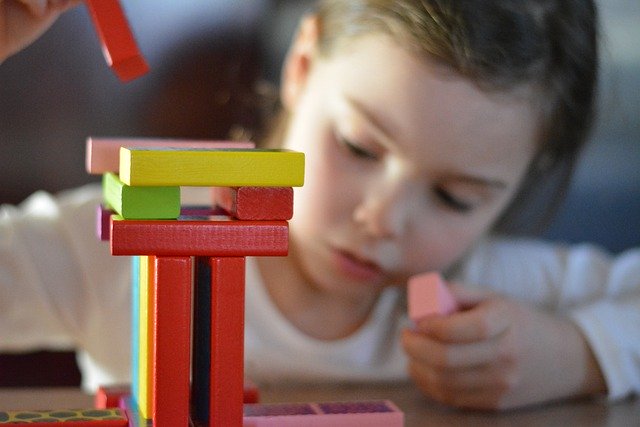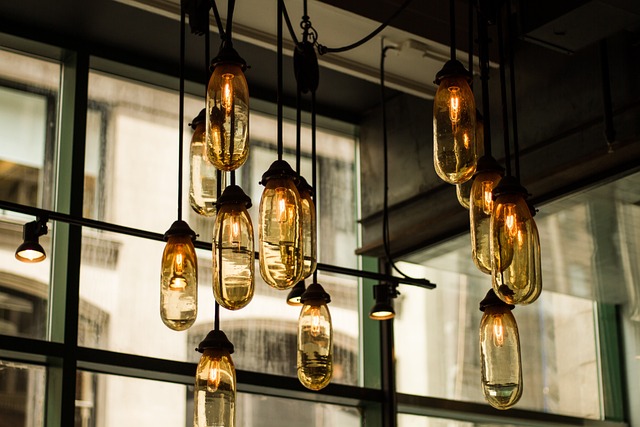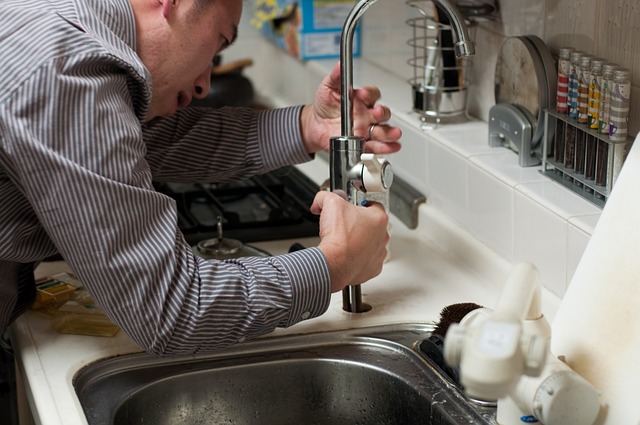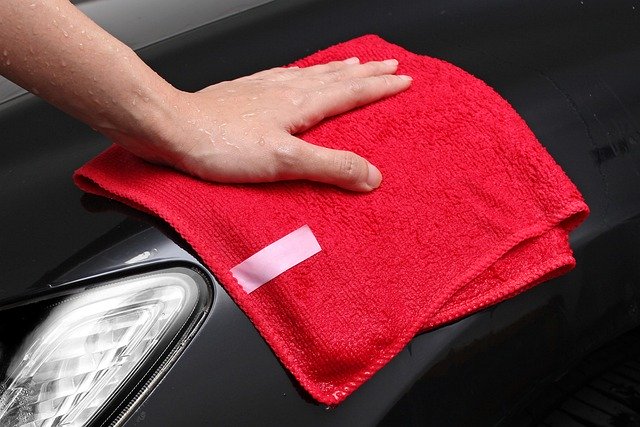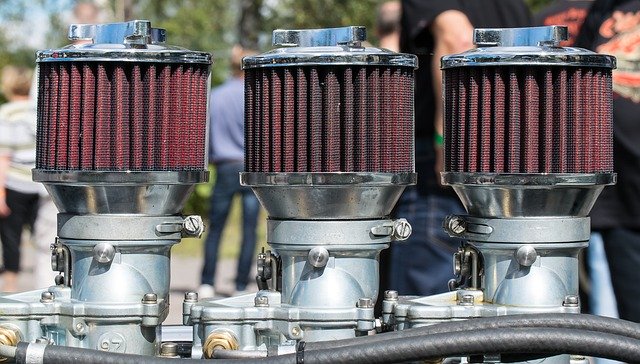Having children means having toys—a lot of toys! As parents, we understand how challenging it can be to keep those toys clean and organized. It often feels like a never-ending battle against clutter and chaos. It’s no secret that children’s toys can quickly pile up and turn your home into a chaotic mess if they aren’t properly managed. If a child’s toy collection isn’t organized, it can result in lost toys, broken toys, and a lot of unnecessary stress for parents.
So, how can you keep your kids’ toys in check and your house clean and orderly? Allow me to walk you through a step-by-step guide on how to clean and organize your children’s toys, making them a fun and manageable task.
Assess and Sort
Before diving into the cleaning and organizing process, it’s essential to assess the toy situation and sort it out accordingly. This step sets the foundation for an effective organisational strategy.
Assess the Toy Collection
Take a close look at all the toys your children have. Evaluate which toys are still age-appropriate, functional, and in good condition. Consider donating or discarding toys that are broken, missing pieces, or your children have outgrown them. This helps declutter and create space for new toys.
Sort Toys by Categories
Sorting toys into categories helps streamline the organization process. Consider grouping them based on the type of play, such as building blocks, stuffed animals, dolls, cars, art supplies, and so on. You can also categorize them by size, material, or even colour, depending on what works best for you and your children.
Create Dedicated Zones
Designate specific areas or zones in your home for different types of toys. This makes it easier for your children to find and return toys to their designated spots. It could be a shelf for books, a bin for building blocks, or a basket for stuffed animals. Clear labels or picture labels can be especially helpful for younger children who can’t read yet.
Clean and Disinfect
Children’s toys often end up in their mouths, so keeping them clean and free from germs is crucial. Here’s how you can effectively clean and disinfect their toys:
Read the Toy’s Cleaning Instructions
Before cleaning any toy, check for cleaning instructions provided by the manufacturer. Some toys may have specific cleaning requirements or are not suitable for certain cleaning methods. Follow the instructions to ensure you don’t damage the toys.
Washable Toys
For washable toys, a mild detergent and warm water solution usually do the trick. Use a sponge or cloth to scrub the toy gently, paying extra attention to any crevices or hard-to-reach areas. Rinse thoroughly and allow the toys to air dry. Be cautious with electronic or battery-operated toys and avoid submerging them in water.
Plastic and Rubber Toys
Plastic and rubber toys can be sanitized by soaking them in a mixture of water and mild dish soap. After soaking for a few minutes, scrub the toys with a brush or sponge to remove any dirt or grime. Rinse well and let them air dry. Alternatively, you can use disinfectant wipes to clean these toys.
Stuffed Animals and Fabric Toys
Check the labels on stuffed animals and fabric toys to see if they are machine washable. Place them in a pillowcase or laundry bag to protect them during the wash cycle. Use a gentle detergent and run a delicate cycle with cold water. After washing, allow them to air dry thoroughly.
Battery-Operated Toys
To clean battery-operated toys, remove the batteries and wipe the surface with a damp cloth or disinfectant wipes. Be careful not to get water or cleaning solutions into any battery compartments.
Wooden Toys
Wooden toys can be wiped clean with a damp cloth and mild soap. Avoid soaking them in water, as it can damage the wood. For a natural cleaning solution, you can mix equal parts of water and vinegar. After cleaning, dry the toys immediately to prevent warping or cracking.
Outdoor Toys
Outdoor toys, such as bicycles, scooters, or sand toys, may require a different approach. Use a hose or bucket of soapy water to clean them thoroughly. For harder-to-remove dirt or grime, a scrub brush can be used. Rinse well and let them air dry before storing.
Safety Precautions
Always prioritize safety when cleaning toys. Avoid harsh chemicals or cleaning products that may be harmful to children. Ensure all toys are completely dry before returning them to the play area. Regularly check for any loose parts or damage that could pose a safety hazard.
Organize and Store
Once the toys are clean and dry, it’s time to organize and store them in a way that is both functional and visually appealing. Here are some practical tips to help you with toy organization:
Utilize Storage Solutions
Invest in storage containers, bins, shelves, or toy chests to keep toys neatly organized. Clear bins or containers are particularly helpful as they allow you and your children to see what’s inside without having to rummage through everything. You can also repurpose items you already have, such as shoe organizers or hanging baskets, to maximize storage space.
Establish a Rotating System
If you have a large collection of toys, consider implementing a rotating system. Store some toys out of sight and periodically swap them with the toys your children have been playing with. This keeps the play area fresh and exciting while reducing clutter.
Create a Reading Corner
Designate a cozy reading corner with a bookshelf or bookcase. Arrange books by category or age appropriateness, making it easy for your children to choose their favourite stories. Add some comfy cushions or a small bean bag for a comfortable reading experience.
Display Special Toys
Highlight your children’s favourite or special toys by displaying them on shelves or in glass cabinets. This not only adds a personal touch to the room but also encourages your children to take pride in their toys and keep them in good condition.
Incorporate Labels and Visual Cues
Use labels, pictures, or colour-coded tags to help your children identify where each toy belongs. This makes it easier for them to clean up after playtime and promotes independence and organization skills.
Engage Your Children in the Process
Make cleaning and organizing toys a fun activity by involving your children. Encourage them to help sort, clean, and put away there toys. Use upbeat music or set a timer for a quick cleanup challenge to make it more exciting.
Conclusion
Remember, your aim here isn’t perfection; even the best-laid plans can go awry, especially when kids are involved. The goal is to have a system that makes it easy for you and your kids to keep toy chaos to a minimum.
So next time when your little naughty one asks, “Where is my teddy bear,” you will not have to rummage through a pile of toys. Instead, you can casually respond, “It’s on the second shelf, dear.” Isn’t that much easier?
By regularly assessing, sorting, cleaning, and organizing their toys, you create a space that promotes imagination, learning, and most importantly, fun. So roll up your sleeves, gather your children, and embark on this adventure of creating an organized toy haven together!





